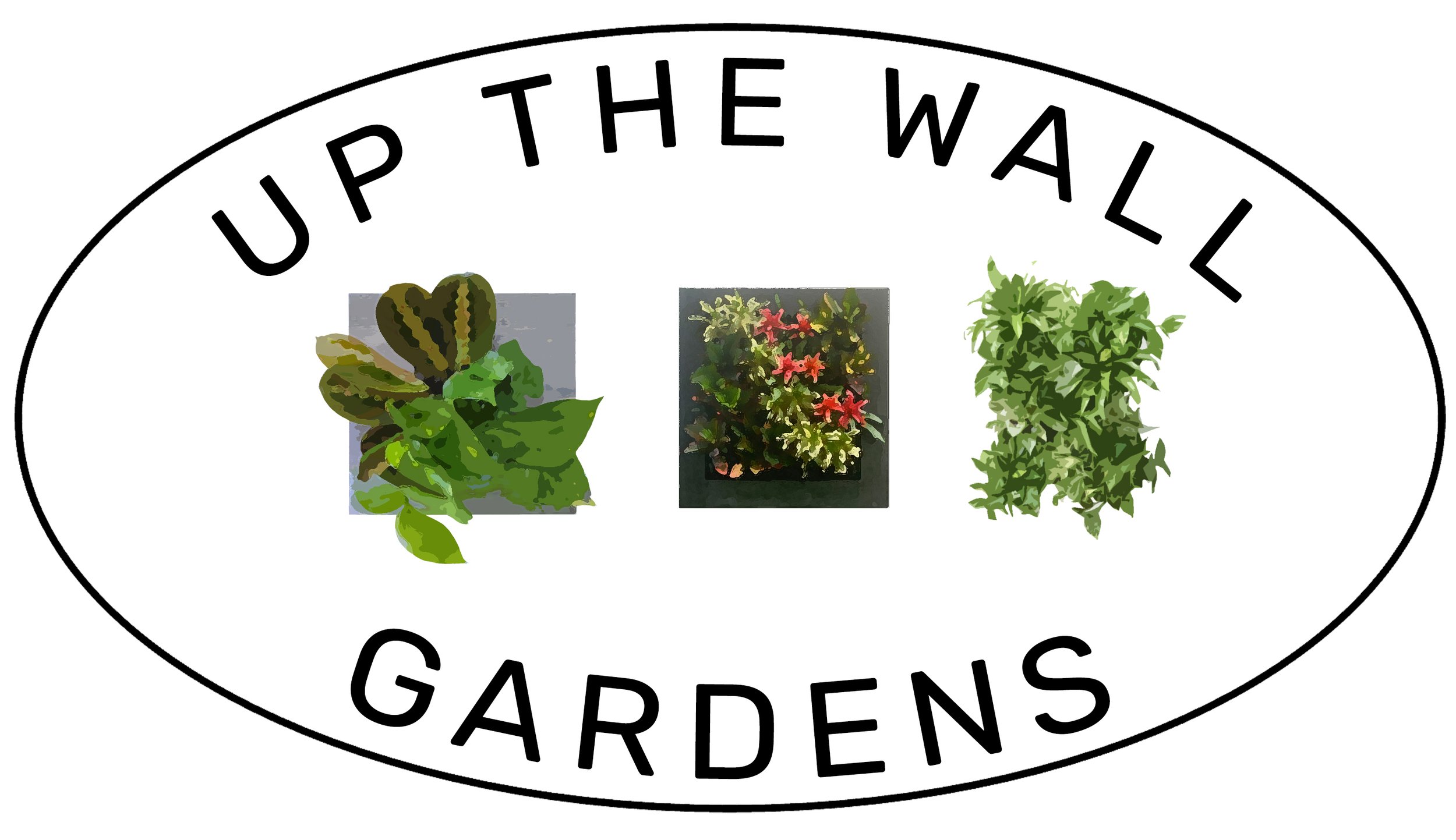Transforming Your Space: A Guide to Implementing a Grid and Tray Vertical Garden System at Home
In the realm of interior design and home gardening, the utilization of vertical space has gained significant traction. Vertical gardens not only infuse living spaces with natural beauty but also offer a practical solution for those seeking to maximize greenery in limited areas. Among the innovative systems available, the grid and tray vertical garden stands out for its versatility and ease of implementation. Let's explore how you can leverage this system to create a stunning vertical garden within the comfort of your home.
Understanding the Grid and Tray Vertical Garden System
The grid and tray vertical garden system is a modular setup that consists of a grid-like framework supporting individual trays, each designed to hold plants or potting containers. These trays are integrated into the grid structure, allowing for flexibility in arranging and rearranging plants as desired. This system provides an adaptable and space-efficient way to cultivate a vertical garden indoors.
Step-by-Step Guide to Implementing the System:
1. Selecting the Grid System:
Choose a grid structure suited to your space and preferences. Grids are available in various sizes, materials, and designs, allowing you to customize based on your aesthetic and functional needs.
2. Choosing Trays and Containers:
Select trays or containers that fit securely within the grid's compartments. These can include individual planting trays, pots, or containers that align with the grid's dimensions.
3. Designing Layout and Plant Selection:
Plan the arrangement of trays and containers within the grid to create an aesthetically pleasing design. Consider the growth habits and light requirements of plants when placing them in different sections of the grid.
4. Installing the Grid System:
Mount the grid securely to a wall or place it in a stable location where it receives adequate light. Ensure that the grid is firmly anchored and can support the weight of the trays and plants.
5. Planting and Maintenance:
Plant your chosen greenery or flowers in the trays or containers. Ensure proper soil and drainage for each plant. Regularly check for water needs and trim or prune plants as necessary to maintain the desired look.
Advantages of a Grid and Tray Vertical Garden System at Home:
1. Space Optimization:
Utilizes vertical space efficiently, ideal for small apartments or homes with limited floor space.
2. Versatility:
Allows for easy rearrangement of plants, facilitating experimentation with different layouts and designs.
3. Aesthetic Appeal:
Enhances the visual appeal of your home while bringing nature indoors, creating a focal point or accent wall.
4. Easy Maintenance:
Simplifies plant care and maintenance, making watering, pruning, and monitoring plant health more accessible.
5. Customization:
Offers flexibility in plant selection, allowing you to curate a garden that suits your preferences and decor.
Tips for Successful Maintenance:
Regularly check plants for water and nutrients, ensuring they receive adequate care.
Rotate trays periodically to promote even growth and prevent plants from leaning towards light sources.
Monitor plant health and address issues such as pests or diseases promptly.
Conclusion:
Implementing a grid and tray vertical garden system in your home presents an exciting opportunity to cultivate a thriving oasis within your living space. By carefully selecting plants, designing layouts, and maintaining this innovative system, you can effortlessly transform walls or unused spaces into stunning displays of greenery. Embrace the beauty and functionality of vertical gardening and experience the joy of a flourishing indoor garden in your own home.
